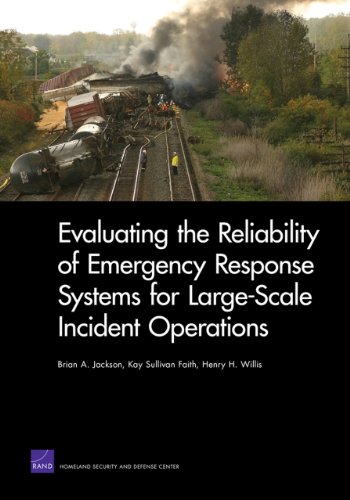

Most ebook files are in PDF format, so you can easily read them using various software such as Foxit Reader or directly on the Google Chrome browser.
Some ebook files are released by publishers in other formats such as .awz, .mobi, .epub, .fb2, etc. You may need to install specific software to read these formats on mobile/PC, such as Calibre.
Please read the tutorial at this link: https://ebookbell.com/faq
We offer FREE conversion to the popular formats you request; however, this may take some time. Therefore, right after payment, please email us, and we will try to provide the service as quickly as possible.
For some exceptional file formats or broken links (if any), please refrain from opening any disputes. Instead, email us first, and we will try to assist within a maximum of 6 hours.
EbookBell Team

4.1
40 reviews
ISBN 10: 0833050052
ISBN 13: 9780833050052
Author: Brian A Jackson, Kay Sullivan Faith, Henry H Willis
Chapter One: Introduction
Overview of the challenges in assessing emergency response system preparedness.
Importance of system reliability in evaluating response capabilities.
Chapter Two: Modeling Emergency Response Systems
Methodology for representing emergency response systems.
Identification of system components and their interdependencies.
Chapter Three: Describing a Chlorine Release Scenario and Relevant Response Parameters
Detailed scenario analysis of a chlorine gas release incident.
Key parameters influencing response effectiveness.
Chapter Four: Estimating Failure Probabilities and Consequences
Techniques for assessing the likelihood of system component failures.
Evaluation of the potential impact of failures on overall response.
Chapter Five: Using the Results of Reliability Assessment in Preparedness Evaluation and Decisionmaking
Application of reliability assessment findings to inform preparedness strategies.
Decision-making frameworks for enhancing response system reliability.
Chapter Six: Conclusions and Recommendations
Summary of key findings from the study.
Recommendations for improving emergency response system reliability.
evaluating the effectiveness of an emergency plan
public health emergency preparedness and response capabilities planning model
5 phases of emergency response
5 steps of emergency response
5 levels of emergency response
Tags: Brian A Jackson, Kay Sullivan Faith, Henry H Willis, Reliability, Emergency